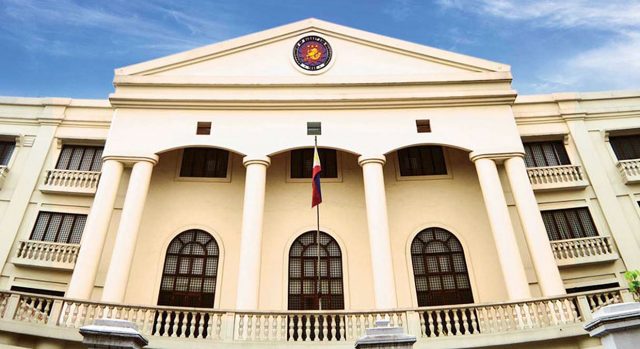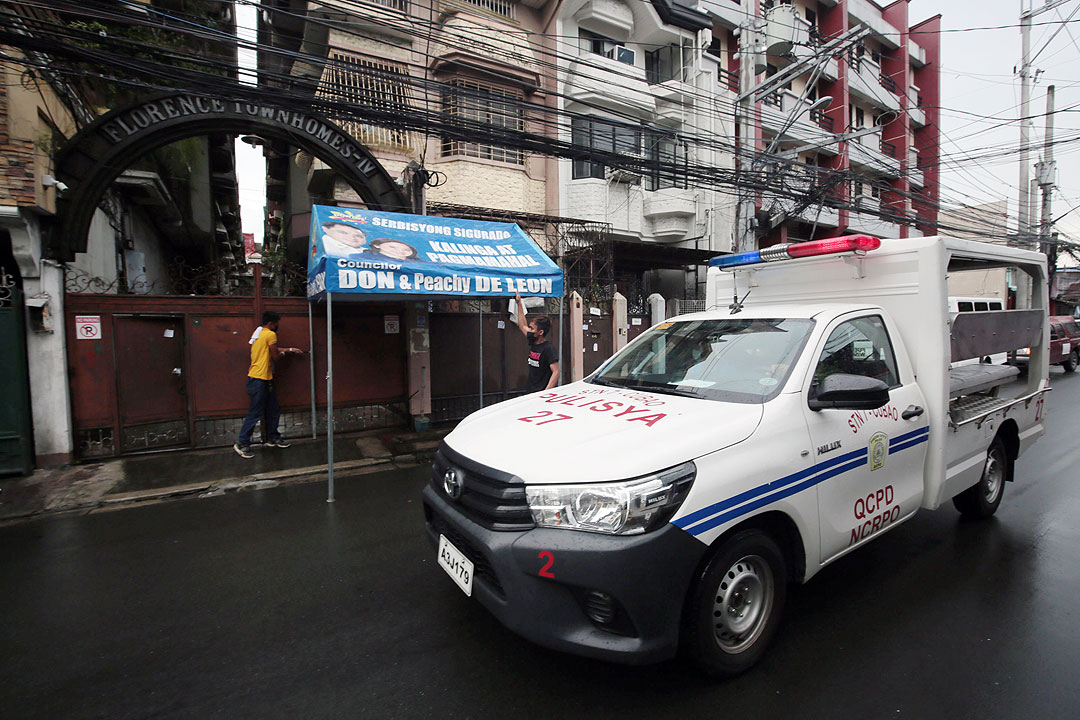It is a well-established doctrine in Philippine taxation that exemptions are construed strictly against the taxpayer and liberally in favor of the taxing authority. One of these exemptions is Section 40(C)(2) of the Tax Code, which allows taxpayers to pursue restructurings through tax-free exchanges (TFE).
Essentially, if the transaction qualifies as a TFE, the transfer of property is exempt from value-added tax and documentary stamp tax, while the income tax due is deferred to the subsequent disposition of the properties. Because of the deferral, the transferee inherits the cost basis of the transferor (or the “substituted basis” of property received), i.e., the original or adjusted cost of the transferor is considered the transferee’s cost basis in a subsequent transfer.
Over the years, availing of TFE benefits has been an arduous endeavor because of the need to secure confirmation from the Bureau of Internal Revenue (BIR). To address this concern, Republic Act No. 11534 or the Corporate Recovery and Tax Incentives for Enterprises Act (CREATE Law) amended the TFE provisions in the Tax Code with a view to making it easier for corporations to restructure and attract more investment.
CREATE-ING NEW TAX-FREE OPTIONS
Under the amended Section 40(C)(2), no gain or loss may be recognized on property exchanges pursuant to a plan of reorganization. In line with this, the CREATE Law introduced four transactions which qualify as tax-free reorganizations:
a. The acquisition of stock of another corporation in exchange solely for its stock or stock of a corporation, which is in control of the acquiring corporation, where the acquiring corporation obtains control of the other immediately after the acquisition;
b. The acquisition of substantially all of the properties of a corporation in exchange solely for its stock or stock of a corporation, which is in control of the acquiring corporation, but in determining whether the exchange is solely for stock, the assumption of liabilities will be disregarded;
c. An agreement whereby the stocks and bonds of a corporation are readjusted as to amount, income, or priority; or an arrangement of all stockholders and creditors to change and increase or decrease the capitalization and/or debts of a corporation (i.e., “recapitalization”); and
d. The formation of the same corporate business with the same assets and stockholders under a new charter (i.e., “reincorporation”).
Before the CREATE Law, TFEs covered only the following: i.e., transfers of property in exchange for shares by at most five persons obtaining control of the transferee (or transfer to a controlled corporation), and transfers pursuant to a plan of merger or consolidation — whether statutory or de facto mergers.
Notably, the new TFE transactions listed as items (a) and (b) are almost comparable to a transfer to a controlled corporation. They all involve the acquisition of shares/property in exchange for shares, and control must be achieved immediately after the transaction. However, the transfer to a controlled corporation caps the maximum number of transferors to five, while items (a) and (b) do not seem to mention any limit. Considering the above, can more than five transferors now undertake a TFE via the CREATE Law-defined reorganization? That does seem to be the case, otherwise, the law would have stated a similar restriction on the number of transferors. Also, the retention of the five-transferor rule would appear superfluous if it is just the same transaction as those newly introduced.
To date, the BIR has yet to issue guidelines to implement these new tax-free reorganizations.
CREATE-ING RESOLUTIONS TO PREVIOUS ISSUES ON TFEs
Furthermore, the CREATE Law clarified the following issues when availing of the tax-free benefit:
a. A prior ruling on the TFE is not required; and
b. A transfer to a controlled corporation qualifies as a TFE when the transferors gain collective control of the transferee.
In the past, although not required by law, securing a tax ruling became necessary, as it was a requisite for the issuance of a Certificate Authorizing Registration (CAR) for transfers involving real property or Philippine shares. To settle the matter, the CREATE Law categorically dispensed with the prior ruling requirement, and reads: “In all foregoing instances of exchange of property, prior BIR confirmation or tax ruling shall not be required for purposes of availing the tax exemption.”
Moreover, the BIR previously issued rulings stating that the tax-free benefit for TFEs applied only to the transferor who gained control through his individual capacity, while subjecting the other transferors to taxes. The CREATE Law addressed this by redefining the term “control,” i.e., taking into account the collective, and not the individual, ownership of the transferors.
CREATE-ING QUESTIONS ON IMPLEMENTATION
Given the expansion to new types of TFEs and the removal of the prior ruling requirement, the issue now is how the BIR will implement the new rules and evaluate CAR applications.
Revenue Regulations No. 5-2021 states that taxpayers are not precluded from implementing TFEs, such as securing CARs from the Revenue District Office (RDO), subject to a post-transaction audit.
While the BIR encourages TFEs during these times, questions arise on the practical application of the new provisions. For instance, will the same documents supporting requests for TFE rulings be required when applying for the CAR? Will the post-transaction audit be carried out during assessments regularly conducted by the BIR, or will this be undertaken by the One-Time Transaction (ONETT) Team that evaluated the CAR applications? It also seems questionable to still audit a transaction after a CAR, which is essentially a tax clearance, is issued.
Likewise, the review of TFEs is effectively relegated from the BIR National Office to the RDOs having jurisdiction over the property transferred. Without the implementing guidelines, the RDOs may have differing interpretations on which transfers qualify as TFEs.
These concerns, along with the uncertainty brought about by the pandemic, may give taxpayers cause to hesitate pursuing restructuring. Nonetheless, this author remains optimistic that the spark ignited by the CREATE Law on TFEs will result in the BIR’s issuance of clarifications soon. Expanding the coverage of TFEs and streamlining the process of availing of its tax-free benefits are positive developments, as these will encourage corporations to undertake reorganizations. In turn, these may help establish sustainable business models and achieve economies of scale, which may ultimately attract more investment.
The views or opinions expressed in this article are solely those of the author and do not necessarily represent those of Isla Lipana & Co. The content is for general information purposes only, and should not be used as a substitute for specific advice.
Bon Yannicka M. Chua is a Senior Consultant at the Tax Services Department of Isla Lipana & Co., the Philippine member firm of the PwC network.
+63 (2) 8845-2728
bon.yannicka.x.chua@pwc.com













